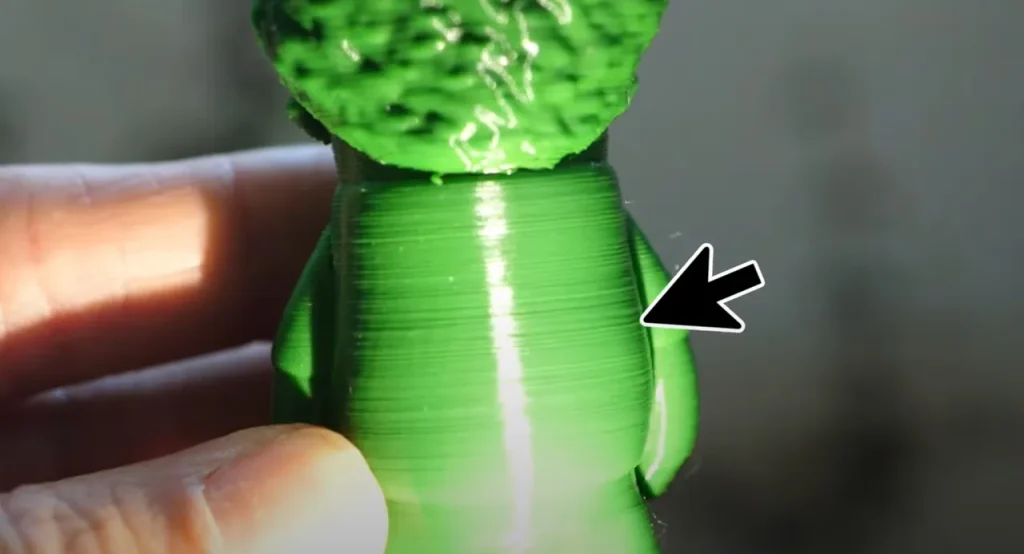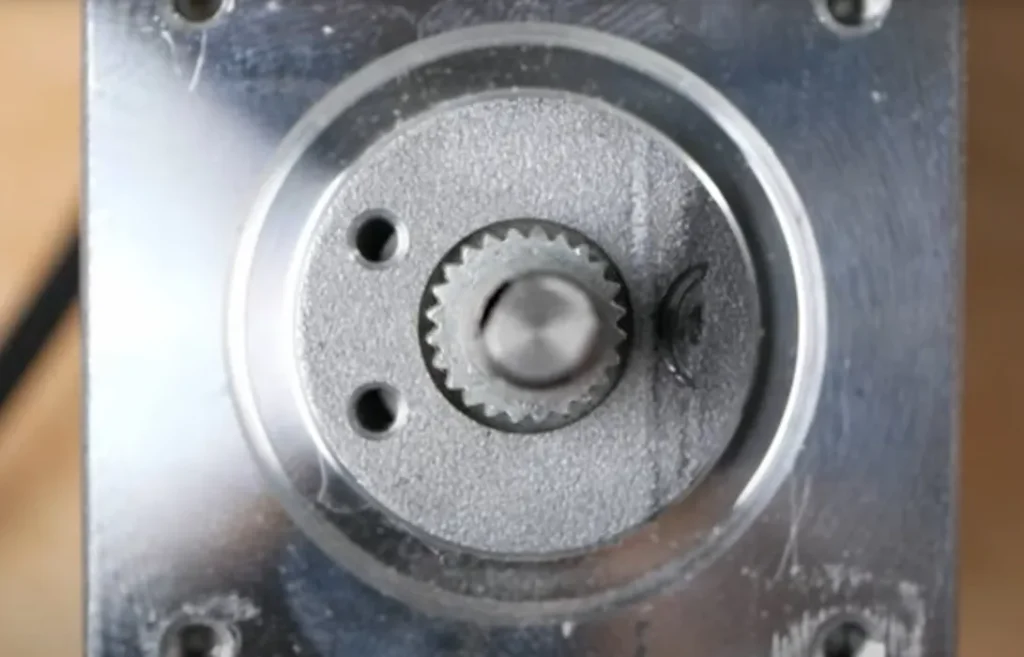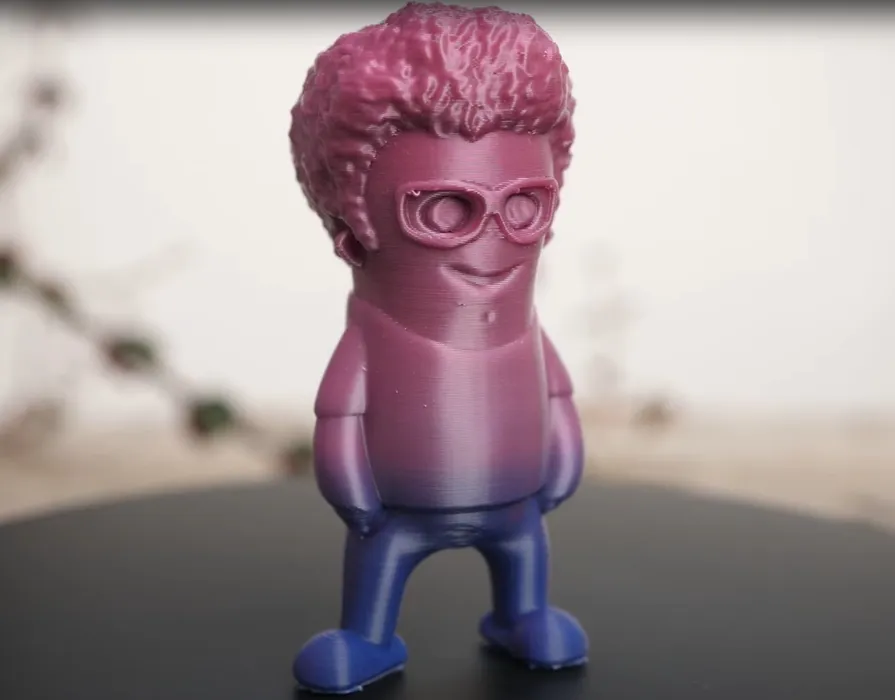
In an epic feat of diagnosis, Stefan Hermann has determined what can cause a very common 3D printing issue.
Hermann is the well-known force behind the CNC Kitchen video channel, where he performs many scientific experiments to learn more about the best ways to 3D print. Anyone from entry level to advanced skills can benefit from Hermann’s explorations.
Usually Hermann’s videos compare two materials or different methods of 3D printing to determine which is the superior approach, but his latest video is a bit different, and quite informative.
Hermann set out to determine why some of his 3D prints exhibited the poor layering pattern as shown at top. You’ll notice the layers seem irregular, some larger than others, and seemingly misaligned.
I have seen this pattern on my prints many, many times, usually from specific devices. I have spent some time myself attempting to figure out what causes this terrible surface-destroying effect.
My theories were that the input filament was bad, or that the filament path had too much friction, leading to inconsistent flow. In spite of my investigation, I was never able to truly fix this problem and always wondered what exactly was behind this annoying phenomenon.
I have a strong suspicion that many Fabbaloo readers have also seen this pattern and have pulled out their hair trying to figure out what’s wrong.
Hermann posted a video of his diagnosis of this issue on the CNC Kitchen channel where he takes a highly systematic diagnostic approach to identifying this problem.
Hermann identified three possible causes for this problem:
- Inconsistent layer height
- Axis play
- Inconsistent extrusion
Hermann then went through an extensive investigation of the machine in question to eliminate the first two possibilities. While these were not Hermann’s specific issue, they are all factors that should be checked regularly on any 3D printer as they could each cause issues. It’s worth watching this video just for these investigative tips.
Finally, he moved on to the third possibility: inconsistent extrusion. He tested things such as poor filament quality, filament friction, print parameters, and more, just as I had, but then went a bit further.
Hermann decided to disassemble the extruder in a long-shot effort to see if something was amiss within the hardware. He had to, because there was nothing left to go wrong. Suddenly, he saw this:

Incredibly, the bore hole for the extruder gear was off center! This meant that as the stepper motor turned the gear, it would apply varying levels of pressure on the filament. In other words, the flow would oscillate between high and low pressure.
This is what caused the inconsistent layers! An invisible problem deep inside the 3D printer.
Hermann then replaced the extruder gear with a spare — although some rework was required to fit the spare on this particular machine. After replacement, the prints were then restored to near perfection, as you can see here:

After watching this video, I will be looking at problem diagnosis a bit differently. I’ll be more inclined to open up the machine when necessary to determine if there are problems from the manufacturer of this nature.
Normally one has an implicit trust in the ability of a 3D printer manufacturer to produce a machine with good parts. But in this case that didn’t happen: a defective part was installed in the machine, and one that was extremely difficult to identify.
The bottom line here is that if 3D prints are not coming out correctly, there absolutely is a reason for that happening. You may not know what it is, but it can be found.
You just have to be as persistent as Hermann.
Via YouTube


My Stock Ender3 v2 ran great then all sorts of problems! Found the Bowden was cut at an angle so had a bad leak. Straightened the tube and made a new nozzle nice and snug it has run great since ( fingers crossed)